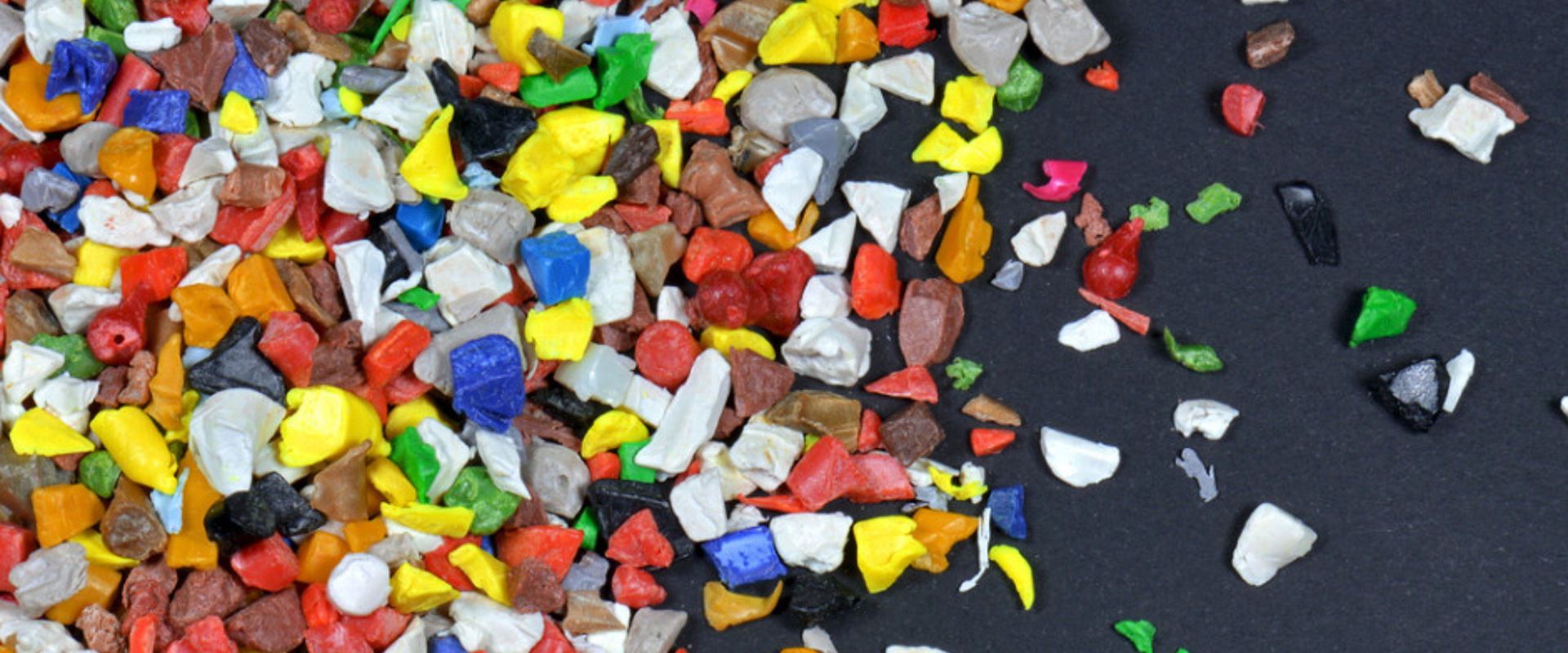
Plastic deformation testing
Challenge
Innovative plastics are increasingly incorporated into car manufacturing and building materials, making products lighter and more cost-efficient. However, plastics deform under stress and over time. This problem is made more complicated as manufacturers recycle old plastics into new products. Blending recycled and raw materials results in plastics with different physical properties, both across the material as a whole, and localised in small areas. Producers face the challenge of developing plastics that need to remain stable and fit for purpose for decades from less well understood feedstocks.
One suitable method for testing materials properties on a very small scale is a technique called nano-indentation testing. This is used to understand the mechanical response of a material by measuring how much pressure is required to form an indentation and how it deforms over time. This technique is established for testing many metals but requires significant improvements to make it suitable for the complexities involved in measuring plastics.
Solution
The EMRP project Dynamic mechanical properties and long term deformation behaviour of viscous materials investigated how plastics deform over time using a variety of nano-scale measurement techniques including nano-indentation creep testing. Extensive physical measurements of mechanical properties and deformation rates were made for different plastics and other viscous materials leading to the derivation of best measurement practice for the mechanical testing of plastics. A new analysis model that can link mechanical material properties and predict their behaviour was validated using project test results.
Information on the best practise in performing nano-indentation creep testing generated in the project has contributed to the development of a new standard on this type of testing: a new work item has been proposed and approved as a new part of the ISO standard 14577 ‘Metallic materials - Instrumented indentation test for hardness and material parameters’ as currently there is no equivalent standard for plastics.
Impact
Anton Paar GmbH, a specialist in instrumentation for materials characterisation, made improvements to an instrument prototype specifically designed for nano-indentation testing of plastics as a result of interaction with the project. They redesigned its load control to achieve the low loads needed for plastics testing and integrated the new material property computer model into their software. This enables more reliable measurement analysis and corrections for the complex properties of plastics. These improvements have also been rolled out to their other nanotesting instruments.
Through the project, Anton Paar was able to demonstrate the thermal stability and versatile use if its instruments on a wide range of hard, soft, and multiphase materials. It can now provide customers - including global plastics developers such as Dupont and Dow - with traceable, validated measurements of plastics which give a reliable indication of their in-service life. It is estimated that over 15 million Euro in increased sales will result from the introduction of these new and upgraded Anton Paar instruments.
Standardised measurements and instruments specifically validated for plastics will enable manufacturers to have greater confidence in their performance under in-service conditions. This will promote innovation across a wide range of industries, leading to products with improved life times, lower production cost, and reduced environmental impact.
- Category
- EMRP,
- Industry,